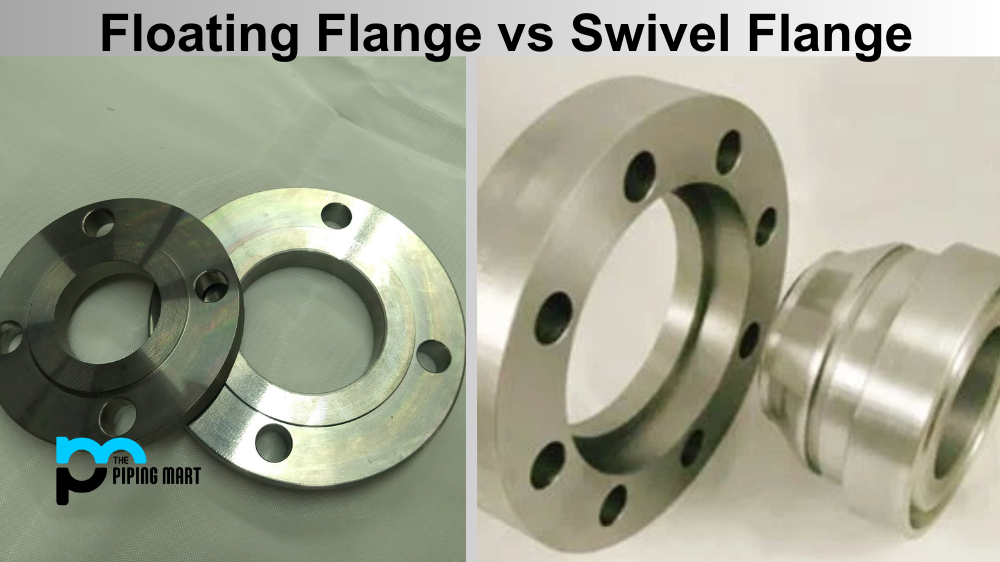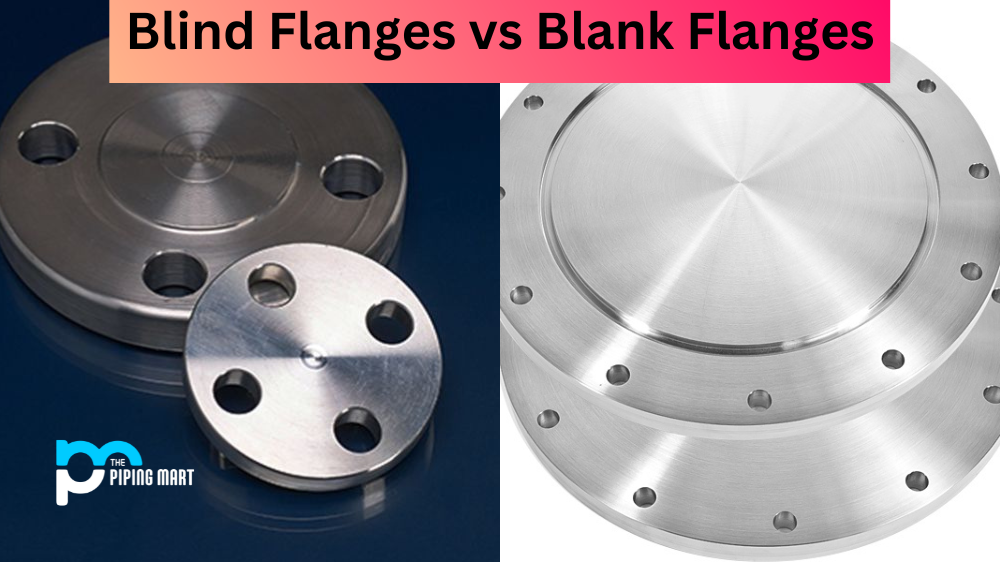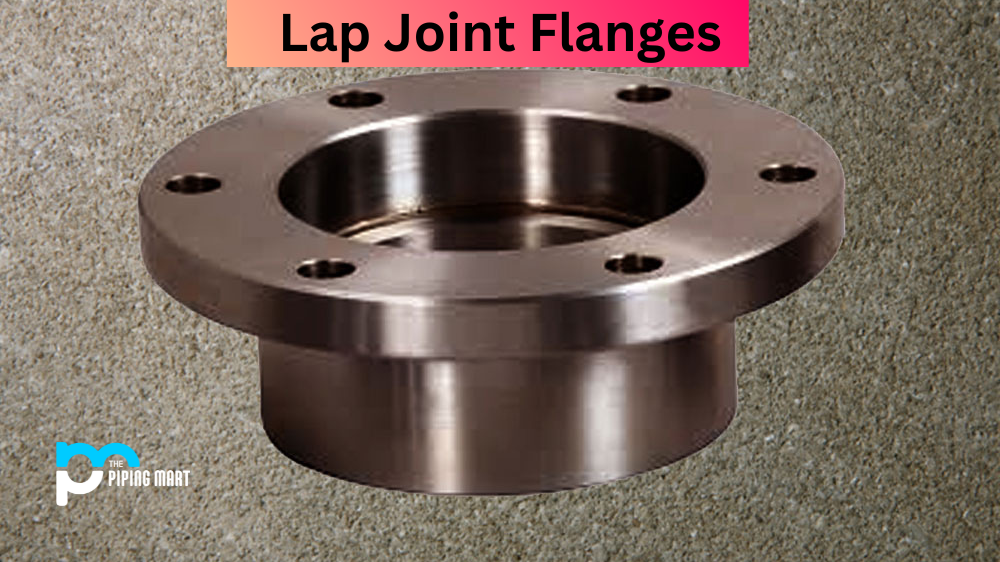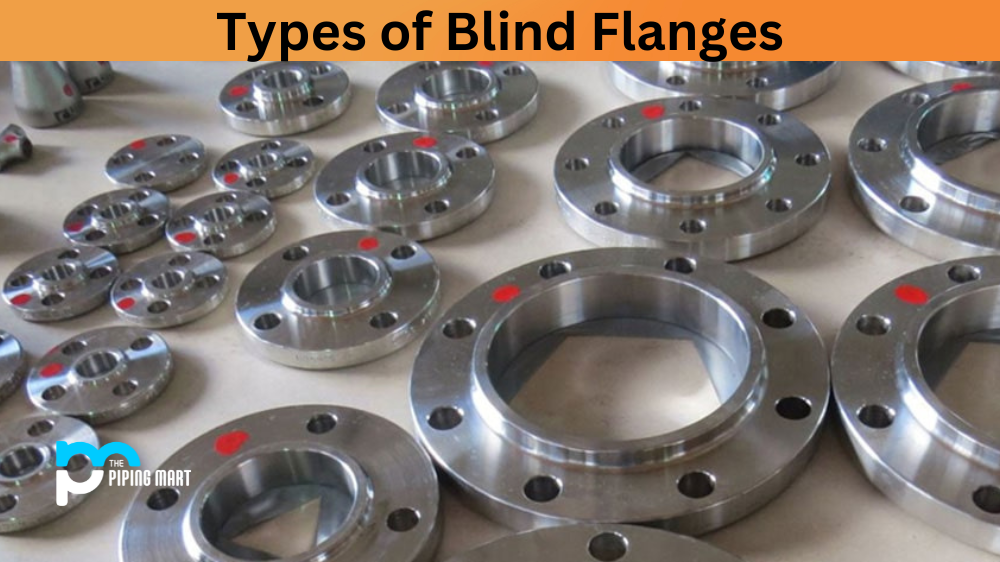If you’re in the piping industry, you’ve probably heard the terms floating and swivel flange before. These two flanges are commonly used in piping systems but have some significant differences. Understanding those differences can help you select the right flange type for your application and avoid potential problems. This blog post will explain the differences between floating and swivel flanges and highlight their pros and cons.
What is a Floating Flange?
A floating flange is a type of flange that is not welded to the pipe. Instead, the flange is freely floating and can rotate around the pipe. The flange is usually secured to a stub-end or flange adapter, which is welded to the pipe. Floating flanges are often used in applications where thermal expansion and contraction can cause the pipe to move or shift. The floating nature of the flange allows the pipe to move freely without causing stress on the flanges or the piping system.
What is a Swivel Flange?
A swivel flange is a type of flange that is designed to swivel or pivot around the pipe. Unlike a floating flange, a swivel flange is usually welded to the pipe. The pivoting action of the swivel flange allows the pipe to rotate without putting stress on the flanges or the piping system. Swivel flanges are typically used in applications requiring rotation, such as loading arms or marine applications.
Advantages and Disadvantages of Floating Flanges:
One of the main advantages of using a floating flange is that it allows the pipe to move freely without the risk of damaging the flange or the piping system. This makes floating flanges ideal for high-temperature applications where thermal expansion and contraction can cause the pipe to expand or contract. Another advantage of floating flanges is that they are simple to install and easily replace. However, one potential disadvantage of floating flanges is that they can be more expensive than swivel flanges due to the need for a stub-end or flange adapter.
Advantages and Disadvantages of Swivel Flanges:
One of the main advantages of using a swivel flange is that it allows the pipe to rotate without putting stress on the flanges or the piping system. This makes swivel flanges ideal for loading arms, marine applications, or any application requiring rotation. Another advantage of swivel flanges is that they are typically less expensive than floating flanges since they do not require a stub-end or flange adapter. However, one potential disadvantage of swivel flanges is that they can be difficult to install due to their welding requirements. Additionally, rotating flanges can create unwanted stress on the piping system if not installed correctly.
Conclusion:
In summary, floating and swivel flanges have distinct differences in design, benefits, and drawbacks. Floating flanges are ideal for use in high-temperature applications or where thermal movement is a concern. On the other hand, swivel flanges are beneficial when piping systems require rotation, such as in loading arms or marine applications. When selecting the appropriate flange for your piping application, it is essential to consider the function and design, installation, and maintenance requirements. Always consult an experienced piping professional to ensure you use the correct flange for your project.
Sakshee is a talented blogger, with a particular focus on the Business and Metal Industry. She is passionate about sharing her insights on various metal products and helping professionals to make a better decisions.




